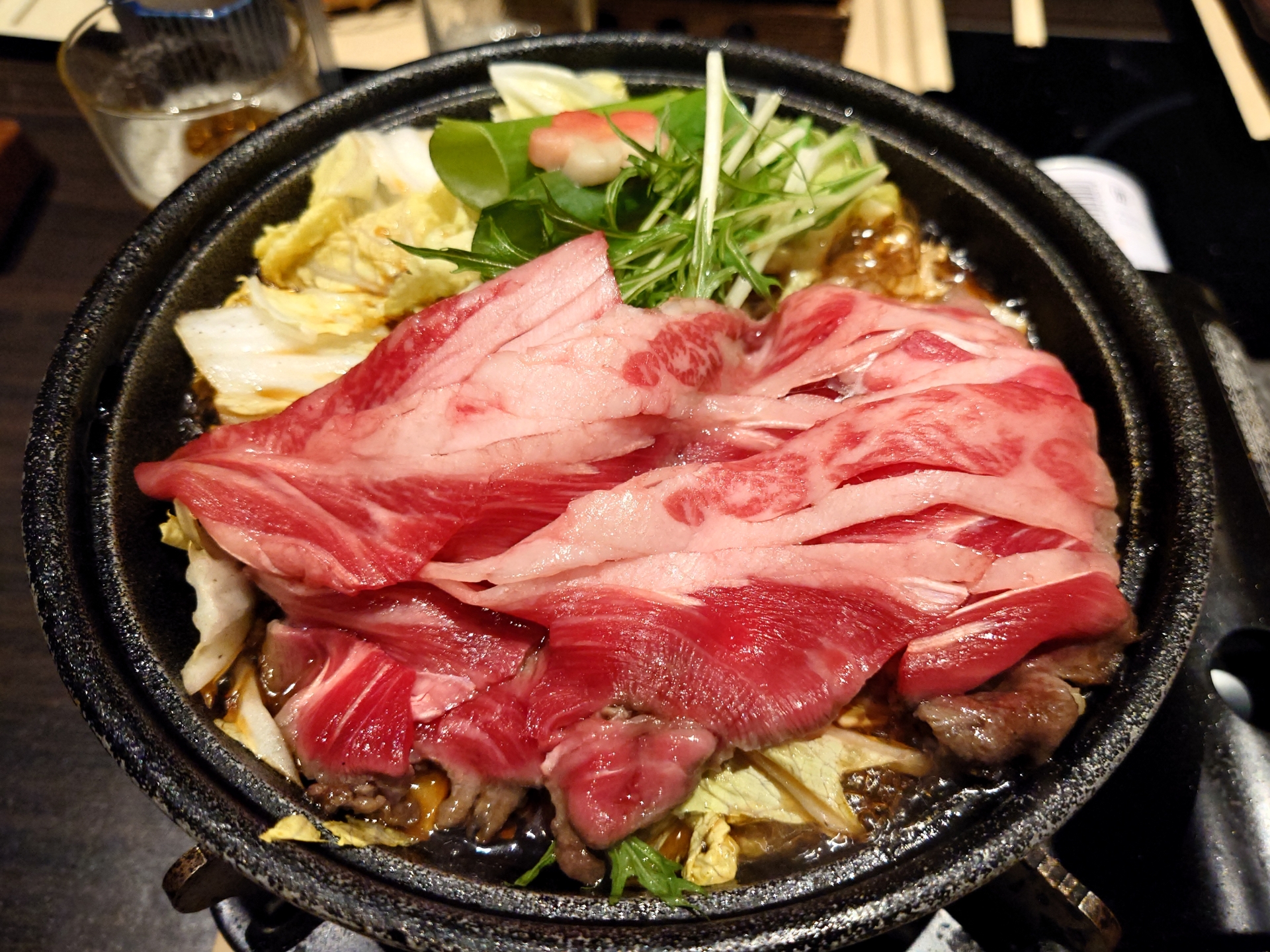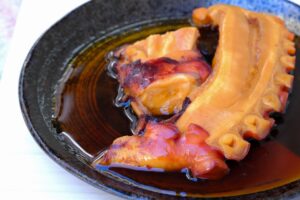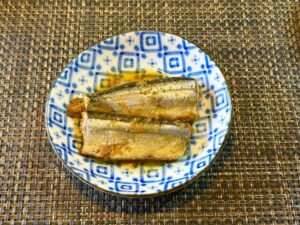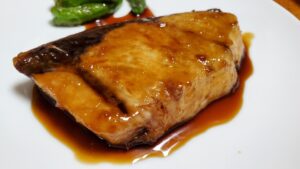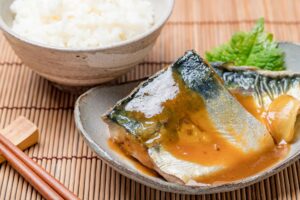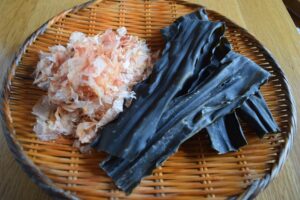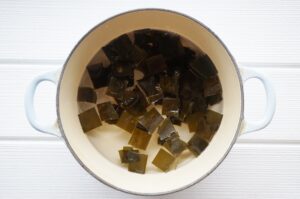Sukiyaki is one of Japan’s most beloved hot pot dishes, combining savory-sweet flavors with thinly sliced beef and fresh vegetables. This article will walk you through how to make authentic sukiyaki from scratch, including tips on ingredients, sauce preparation (warishita), and cooking techniques. We’ll also explain how sukiyaki differs from shabu shabu—another popular Japanese dish often confused with it. For travelers and Japanophiles, we’ll also introduce iconic sukiyaki restaurants to visit in Japan.
What Is Sukiyaki?
Sukiyaki is a traditional Japanese hot pot dish known for its sweet and savory flavor profile and communal dining style. Typically enjoyed during colder months or on special occasions, sukiyaki brings people together around a simmering pot filled with thinly sliced beef, vegetables, tofu, and noodles, all cooked in a rich, flavorful broth called warishita. This dish is deeply ingrained in Japanese food culture, often associated with celebrations and family gatherings.
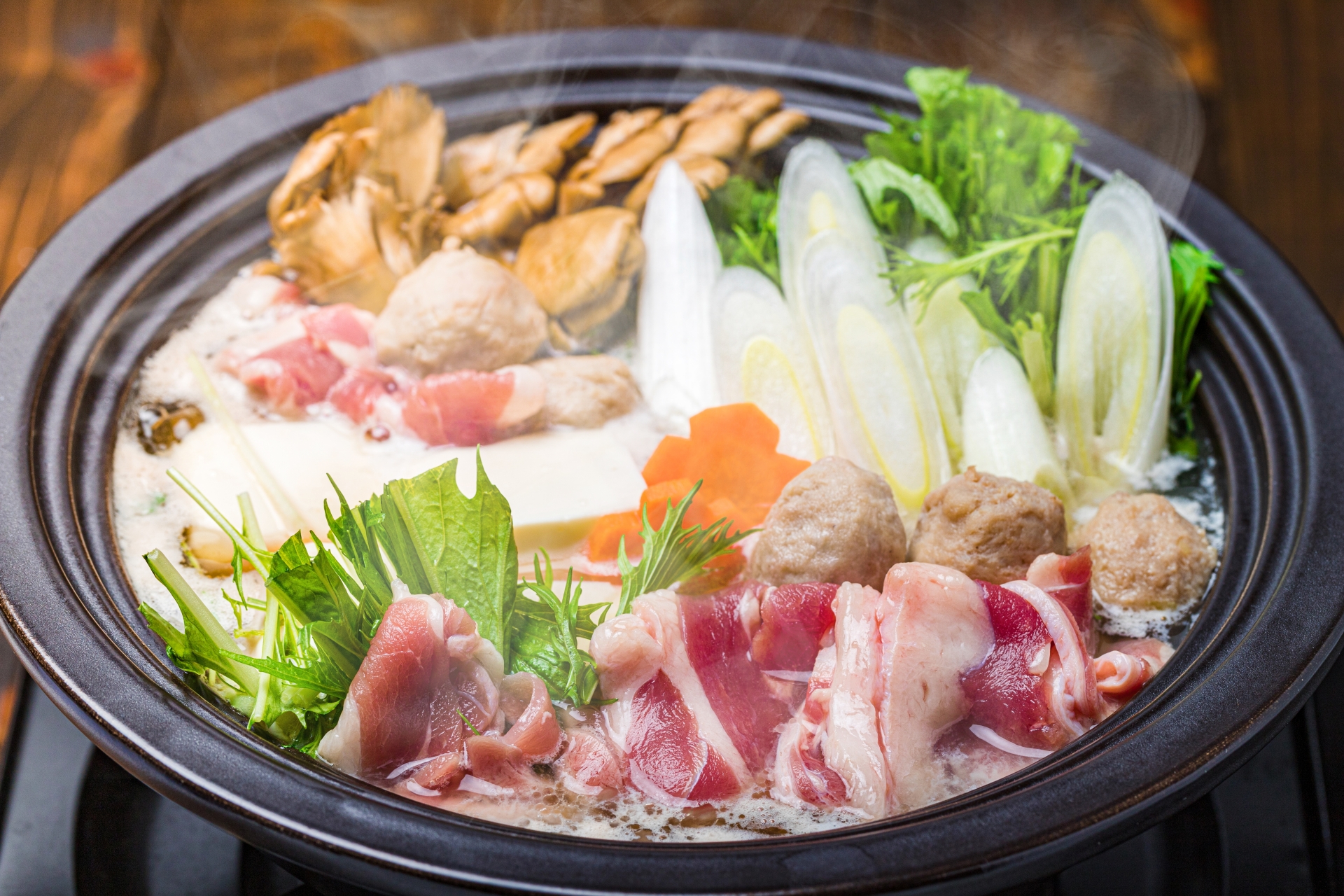
A Brief History of Sukiyaki
Sukiyaki as we know it today began to take shape during the Meiji era (late 19th century), when Japan opened its doors to Western influence and beef consumption became more common. Before this time, eating beef was rare due to Buddhist dietary practices. Sukiyaki quickly gained popularity as a modern, luxurious dish that featured thinly sliced beef cooked with sugar and soy sauce. The dish symbolized a new culinary era and quickly spread across the country, evolving into distinct regional styles.
Culturally, sukiyaki showcases Japan’s appreciation for seasonal ingredients and shared meals. It is typically cooked at the table, allowing diners to interact with the ingredients and each other. There are two main regional styles: Kanto and Kansai. Kanto-style sukiyaki starts with a pre-made warishita sauce, while Kansai-style involves cooking the meat first and seasoning directly in the pot with sugar, soy sauce, and mirin.
Ingredients You Need for Authentic Sukiyaki
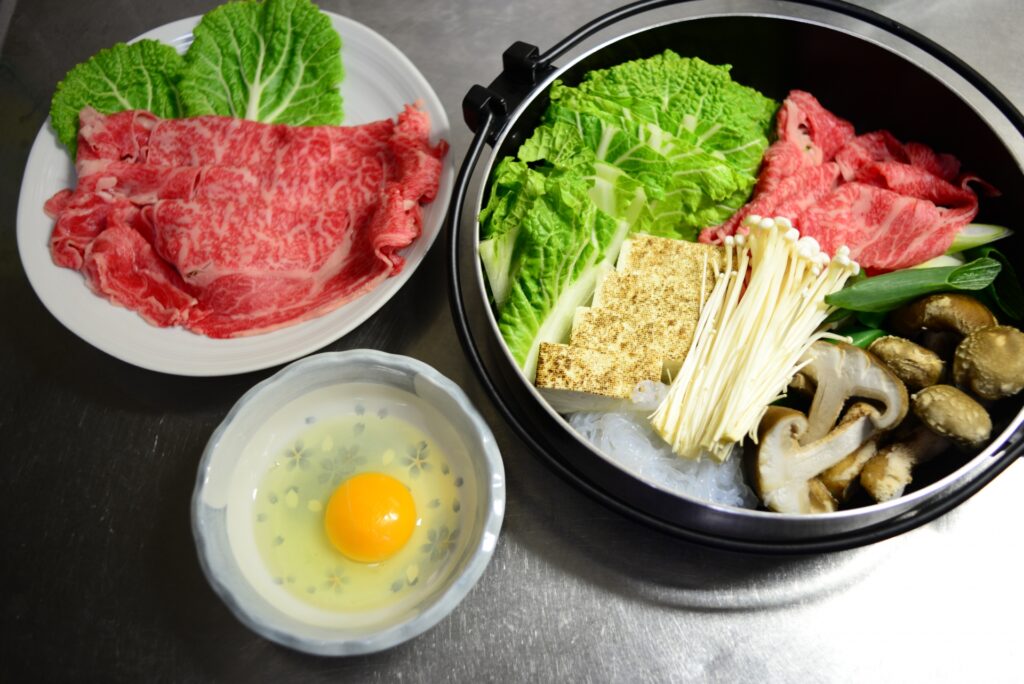
To make authentic sukiyaki at home, start with the following core ingredients:
- Thinly sliced beef (preferably ribeye or chuck roll)
- Shirataki noodles (yam noodles, rinsed and boiled)
- Grilled or firm tofu
- Napa cabbage
- Green onions (negi or scallions)
- Shiitake or enoki mushrooms
- Carrot slices
- Warishita sauce (homemade or store-bought)
Substitutions for International Cooks:
- Beef: Use ribeye, sirloin, or even well-marbled chuck sliced thinly. Ask your butcher for “shabu shabu” cuts or slice partially frozen meat yourself.
- Vegetables: Baby spinach, bok choy, or kale can substitute napa cabbage. Button mushrooms or portobello slices work instead of shiitake.
- Noodles: Udon noodles or rice vermicelli can replace shirataki.
- Tofu: Use firm or extra-firm tofu if grilled tofu is unavailable.
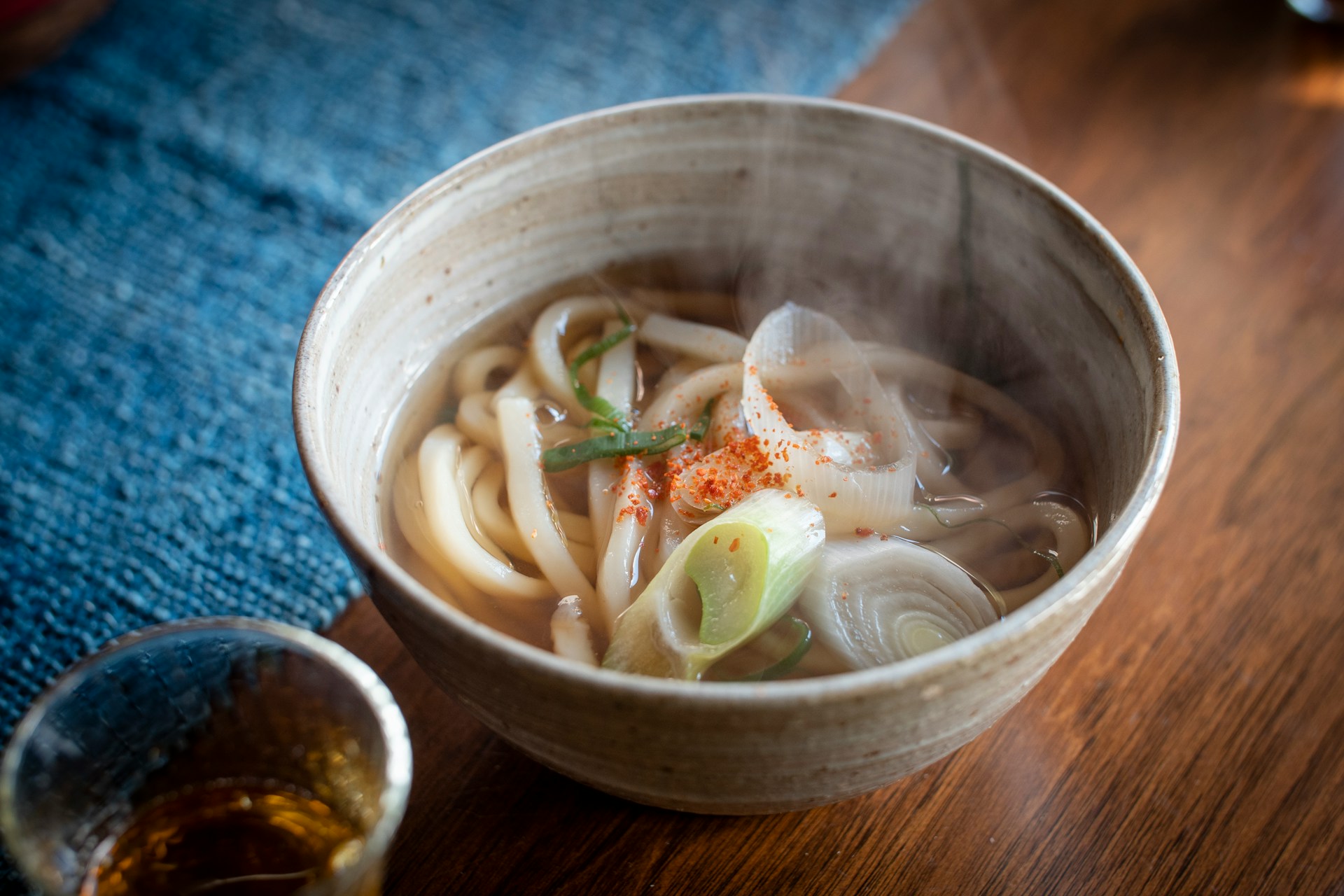
How to Make Sukiyaki at Home: Step-by-Step
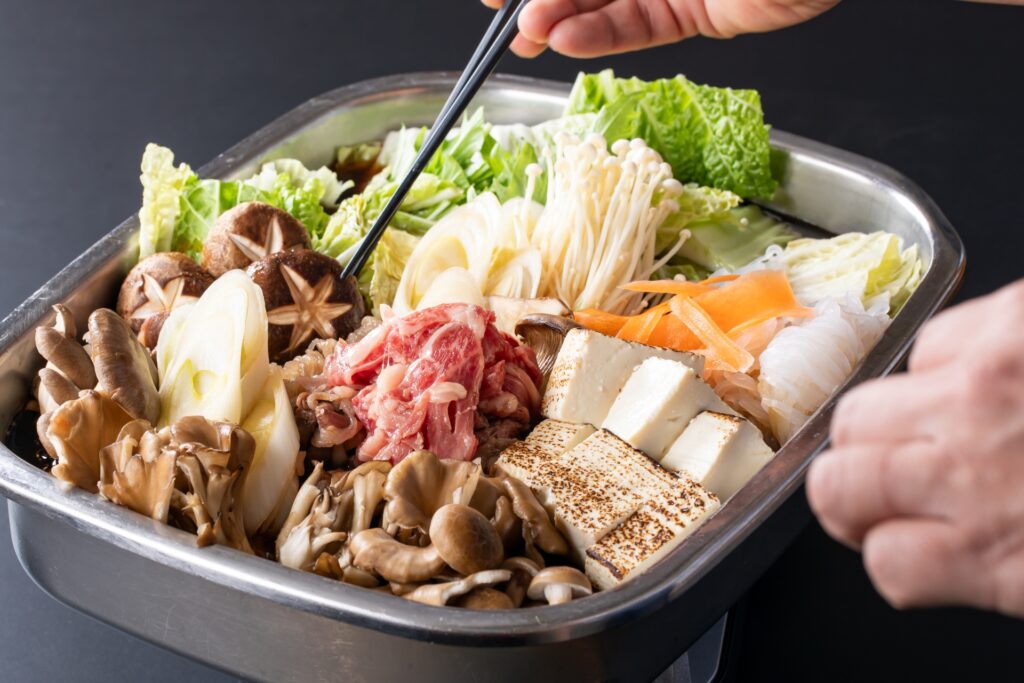
Here’s how to create sukiyaki in your own kitchen:
1. Prepare Ingredients
Cut vegetables into bite-sized pieces. Rinse and parboil shirataki noodles. Slice tofu and meat. Arrange everything on a large tray for easy table-side cooking.
2. Make the Warishita Sauce
Combine soy sauce, mirin, sake, and sugar (details below). Taste and adjust for balance.
3. Heat Pot and Sear Beef
Use a sukiyaki pot or skillet. Lightly oil the surface, sear a few slices of beef to enhance flavor.
4. Add Sauce and Vegetables
Pour in the warishita, then add vegetables, tofu, and noodles around the meat.
5. Simmer and Serve
Allow ingredients to cook gently. Diners can take portions and dip cooked beef in raw beaten egg (optional).
Illustrated sukiyaki cooking flowchart recommended here.
How to Make Sukiyaki Sauce (Warishita)
This recipe makes enough sauce for approximately 2–3 servings.
Base Warishita Recipe:
- 1/2 cup soy sauce
- 1/2 cup mirin
- 1/2 cup sake
- 30 grams sugar
Adjusting Taste:
- For a sweeter broth, add a bit more sugar to taste.
- For less alcohol, simmer longer or replace sake/mirin with water + sugar or alcohol-free mirin.
- Store-bought options like Kikkoman sukiyaki sauce are convenient for beginners.
Cooking Equipment and Alternatives
| Tool Type | Description |
| Sukiyaki Nabe | Traditional iron pot |
| Skillet | Modern nonstick alternative |
| Dutch Oven | Deep, retains heat well |
You don’t need specialized equipment—just use a wide, shallow pot or pan that holds heat evenly.
Sukiyaki vs. Shabu Shabu: What’s the Difference?
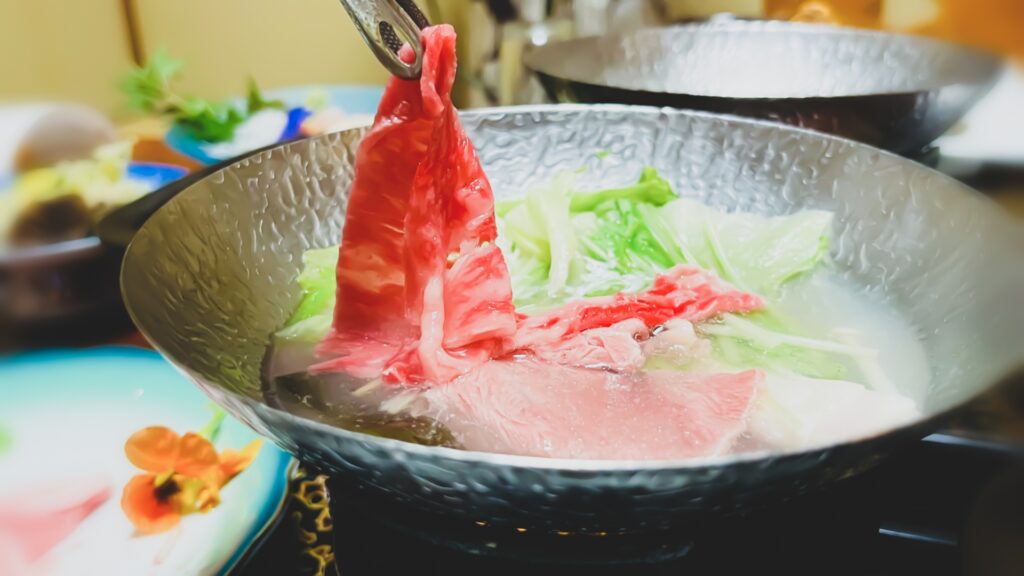
| Feature | Sukiyaki | Shabu Shabu |
| Cooking Method | Simmered in sauce | Boiled in water/dashi |
| Flavor | Sweet & savory | Light & umami |
| Dipping Sauce | Raw egg | Ponzu or sesame |
| Cooking Order | Meat first | Alternating ingredients |
| Origin | Kanto/Kansai | Post-war Japan |
Explanation: Sukiyaki is richer and sweeter due to its sauce-based broth, whereas shabu shabu offers a cleaner, lighter taste. Sukiyaki involves searing and simmering, while shabu shabu is more like a quick swish in hot broth. The raw egg in sukiyaki adds creaminess, while shabu shabu emphasizes dipping sauces.
Regional Styles: Kanto vs. Kansai Sukiyaki
Kanto-style sukiyaki uses a premixed warishita, making it easier for beginners to manage flavors consistently. It’s simmered with the ingredients from the beginning.
Kansai-style skips the premixed sauce. Instead, beef is seared first, sprinkled with sugar, then flavored with soy sauce and mirin as cooking progresses. This approach enhances the meat’s flavor and allows for a more layered taste experience.
Each style offers a unique regional taste—Kanto’s being slightly lighter, Kansai’s more caramelized.
Vegetarian and Vegan Sukiyaki Options
For a plant-based version:
- Protein: Use firm tofu, fried tofu (aburaage), or seitan
- Broth: Replace warishita with kombu-based dashi plus soy sauce, mirin, and sugar
- Noodles: Udon or shirataki are naturally vegan
- Mushrooms: Use shiitake, maitake, oyster mushrooms for umami depth
- Veggies: Napa cabbage, bok choy, spinach, carrots, and leeks
Alcohol-Free Tips:
- Replace sake with apple juice or kombu water
- Use alcohol-free mirin (mirin-fu)
Flavor can still be rich and satisfying without meat or alcohol.
What to Serve with Sukiyaki: Side Dishes and Drinks
Side Dishes:
- Steamed white rice
- Japanese pickles (tsukemono)
- Miso soup
Drinks:
- Warm or chilled sake
- Japanese beer
- Green tea (sencha or hojicha)
Desserts:
- Mochi
- Matcha ice cream
- Anmitsu (sweet jelly and fruit parfait)
These additions round out a sukiyaki meal and offer a balanced dining experience.
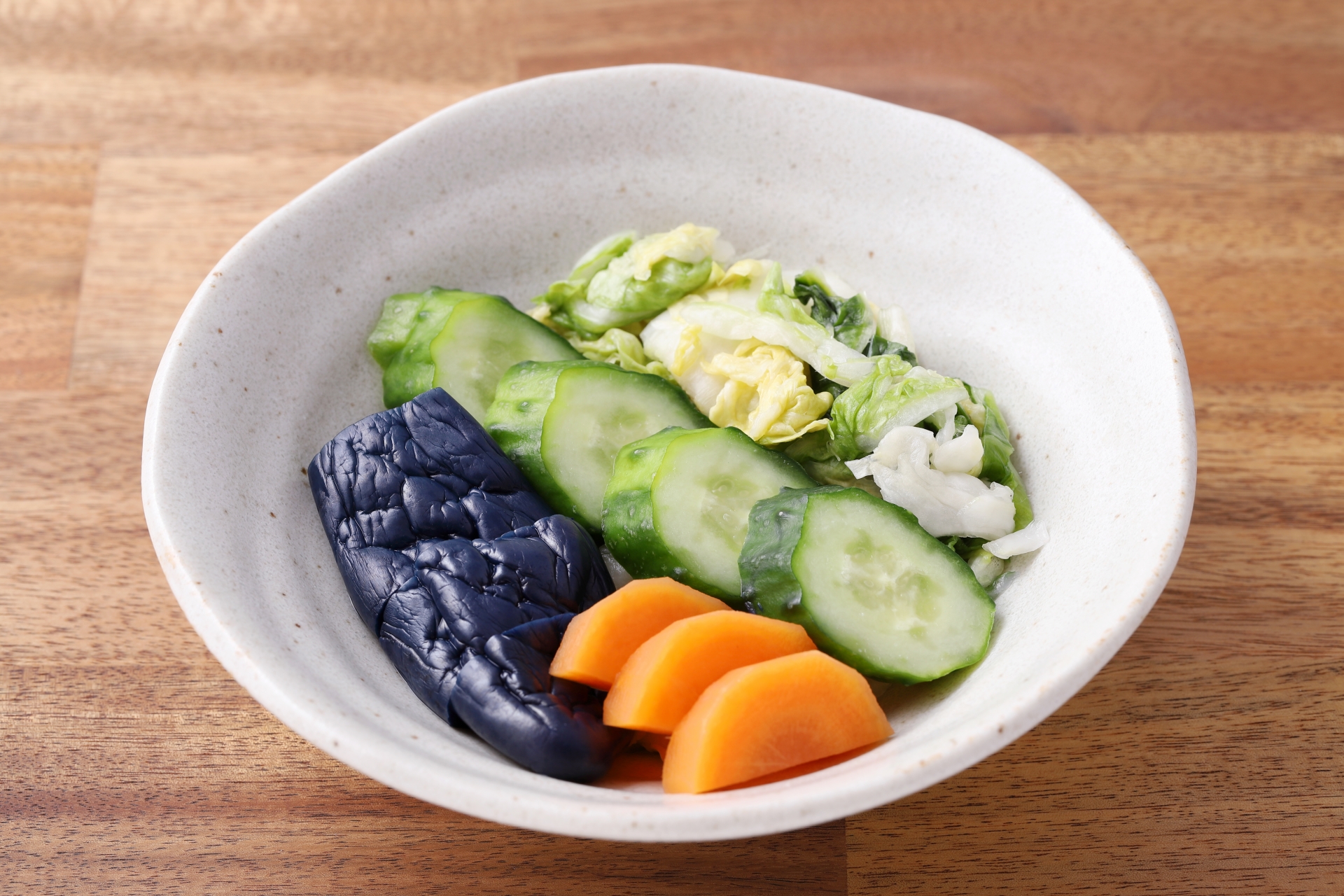
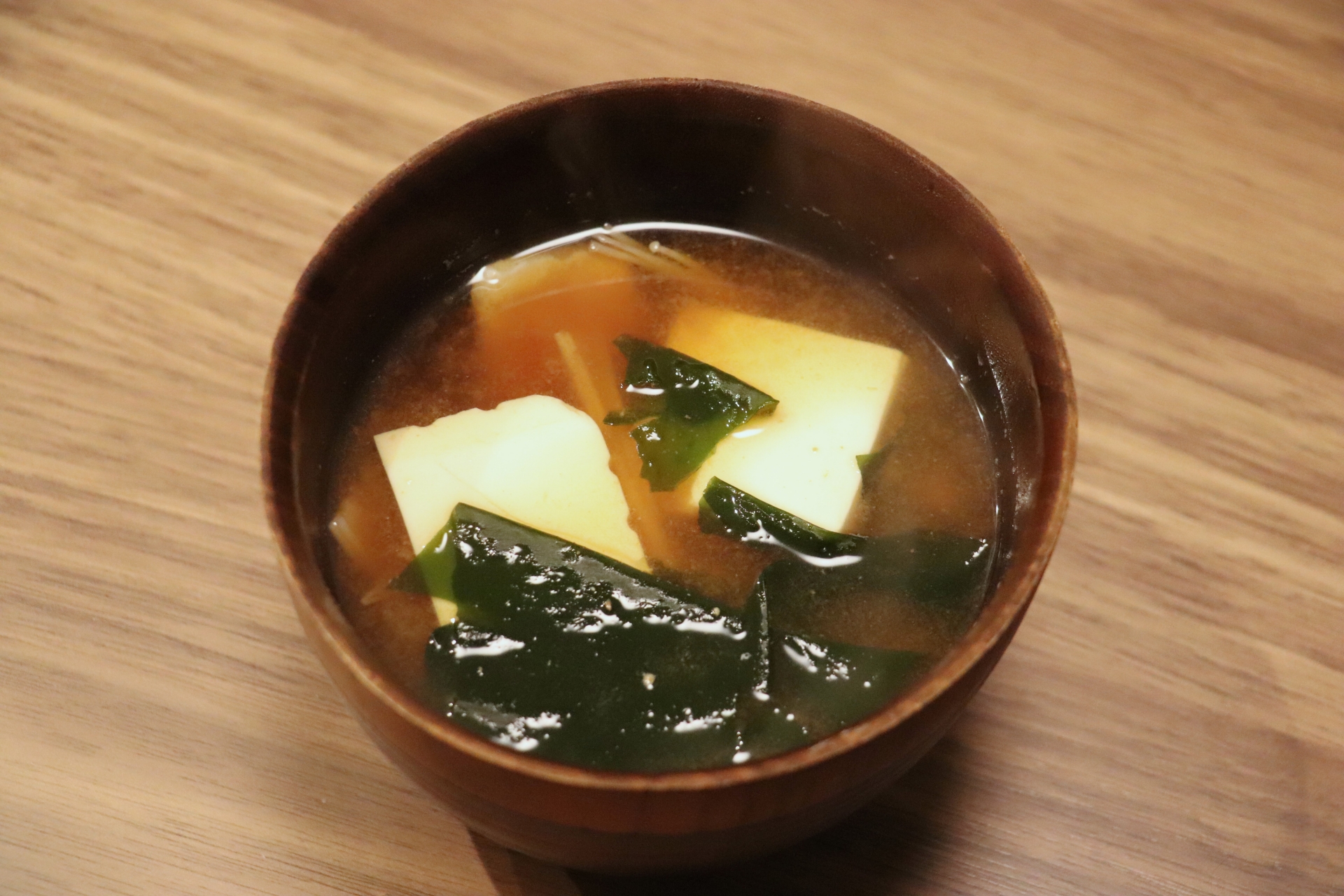


Tips for Hosting a Sukiyaki Dinner Party
- Presentation: Arrange ingredients attractively on trays
- Cooking Setup: Use a portable burner for tabletop cooking
- Etiquette: Provide individual bowls, optional raw egg, and explain cooking order
- Do-Ahead Tips: Prep and portion ingredients in advance
- Ambiance: Play Japanese music, use minimalistic tableware, and dim lighting for warmth
This makes for an engaging, shareable dining experience your guests won’t forget.
Famous Sukiyaki Restaurants in Japan You Should Know
- Imahan (今半) – Tokyo: Luxury wagyu, refined dining, private rooms. [Reservations recommended.]
- Kagaya (かがや) – Kyoto: Family-run, Kansai-style, authentic and homey.
- Asakusa Chinya (浅草ちんや) – Tokyo: Established in 1880, elegant interiors, classic preparation.
- Kitamura (北むら) – Osaka: Known for its tableside cooking and tranquil setting.
- Mishimatei (三嶋亭) – Kyoto: Near Nishiki Market, rich flavor, historical ambiance.
Make a note to visit one of these iconic spots on your next trip to Japan.
Final Thoughts: Bring Sukiyaki into Your Home Kitchen
Sukiyaki is more than just a meal—it’s a cultural experience, a celebration of flavor, and a warm, shared ritual. With its balance of sweet-savory sauce, tender beef, and seasonal vegetables, sukiyaki offers both comfort and elegance.
Whether you’re trying it for the first time, adjusting it for your dietary needs, or reminiscing about a trip to Japan, sukiyaki is worth mastering.

